Assumptions can be costly in weaning
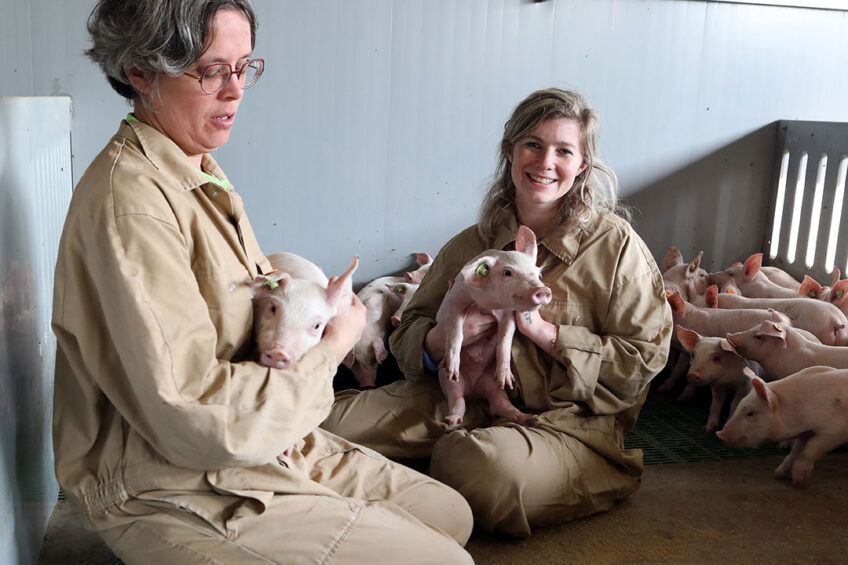
A well-structured and clear course of action are important aspects needed to wean healthy piglets. This is supported by getting the right advice, keeping an open mind and embracing changes needed to ensure a healthy farm and, in turn, pigs
Weaning vital piglets is a challenge everywhere, and the Flemish pig sector (northern part of Belgium) is no different. Piglets run additional health risks in this critical life stage: weaning diarrhoea, oedema disease or streptococci are well-known examples. To help pig producers with a smoother weaning process with the responsible use of antibiotics, research and advice service Inagro launched the Optimal Teat Management project. Partners include Flanders Animal Health (DGZ), Ghent University and PVL Bocholt.
Project coaches
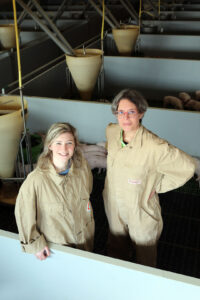
DGZ regional veterinarian Caroline Bonckaert and Inagro veterinarian and project coordinator Nathalie Nollet are involved in the project as coaches. They assist pig producers and their advisors. Their role is to structure the improvement strategy and to contribute ideas about the plans to improve weaning. Both veterinarians believe that weaning healthy piglets has a positive influence on the overall health status of a pig farm and improves technical results.
Structure as well as a clear strategy are important conditions needed to wean healthy piglets. Nollet: “It is important that the various advisors to the farmer provide unambiguous advice.” The basis of the approach is a clear checklist to expose weaknesses in management and to subsequently improve them. In addition to that, pig producers learn to handle the ‘plan, do, check, act’ principle (PDCA). This is a management tool for livestock producers and advisors to regularly examine management critically, identify points for improvement and tackle these points in a structured manner. These issues do not only involve weaning but involve improvement starting at the piglets’ birth. After all, weaning healthy piglets starts from the moment the animals are born, according to Bonckaert and Nollet.
Could you elaborate on this?
Bonckaert: “Certainly, suppose the colostrum distribution is not going well, or the sows milk yield is lagging, then piglets are less developed at the time of weaning and therefore more vulnerable. This makes the animals more susceptible to infections. It is also important that piglets come into contact with solid feed as soon as possible. These and other basic matters are all known, but they must all be in order and carried out correctly.”
What makes weaning piglets so difficult?
Nollet: “Several things play a role. One issue is that much of the work on pig farms is routine and has been performed in the same way for many years. At the same time, the circumstances, such as the production or the knowledge about certain issues, are also outdated. Operational blindness can occur under these conditions. It is therefore always a good idea to have an external person monitoring the processes and pointing out areas for improvement. Also, the time available is often limited, which increases the chance of overlooking things. More and more companies have employees, and the work is not always carried out as expected, especially when there are new people involved.”
Which shortcomings did you encounter?
Nollet: “These varied, but notably things often went wrong with the simplest of tasks. For example, monitoring of the sow’s conditions. This has been done in the past, but it said nothing about sow’s current condition. In another case, there were sows with other genetic traits which had different nutritional requirements than the sows that were there previously. It appears that most producers also do not have clear a picture of the lactating sows’ water intake. This is vital to know. A rule of thumb is that a sow in the farrowing pen takes in five times more water than feed. Other examples are, not enough nipple drinkers for the piglets, suckling piglets that barely learn to take in solid feed, or piglets that are briefly without feed after weaning. Feed transitions during weaning were sometimes ended too abruptly. You can see there are still many areas for improvement. This is a shame because a lot of money does get invested in medication or vaccines. Pig producers also tend to make assumptions. For example, that the piglets are getting enough colostrum. We have carried out colostrum checks at various farms which gave different results than we expected. This is how awareness is created. After all, knowledge is power.”
Why is it difficult for producers to review their management methods?
Nollet: “Many habits are often deeply ingrained in the management methods of a pig producer. It is difficult to break such habits and to continuously improve operations. Coaching therefore also means repeating things regularly. We often hear from pig producers that a certain method used to get results, but the conditions and production were not comparable to today. Nevertheless, participants react positively to the approach and the recommendations.”
How much of a problem is increased production for weaning healthy piglets?
Bonckaert: “That is an issue and certainly something that is on a producer’s minds. I hear many say that they would rather have fewer live born, but stronger animals and less mortality. You then effectively have the same number of animals. These producers are not interested in piglets under 850g. Such piglets require a lot of extra work at the expense of the other animals.”
Many habits are often deeply ingrained in pig producers’ management methods.
Do breeding or sow condition play a role in the weaning process?
Bonckaert: “Yes, if during a farm visit, we suspect that sow breeding is not going well, we will definitely investigate it. On one farm, for example, gilts were introduced to the group too quickly after a PRRS vaccination. This created an unstable health situation. The development and condition of the sows is also important when the sows are moved into the farrowing pen. Milk yield and the piglets suffer when sows are not in the right condition. It is a huge cliché, but true at the same time. Highly productive sows are top athletes, all conditions must be met with regards to their care for them to perform optimally.”
How important is a farm’s health status for weaning vital piglets?
Bonckaert: “Health status plays a major role. Underlying diseases such as PCVAD or PRRS mean that streptococci or coli can strike more easily and harder. It is therefore important to monitor the health status. A pig producer’s standard answer is that vaccines against PCV2 and PRRSv have been administered for years. Monitoring is also necessary even with vaccination, for example to check whether the vaccination moment is still correct.”
Why not extend the nursing period if weaning is so difficult?
Nollet: “That is an issue that is discussed frequently. In Flanders (northern part of Belgium), we often use a 4-week system. Weaning then happens at 3 weeks. We often receive questions about switching to a 5-week system, or alternating weaning – this then means the piglets stay with the sow for a few additional days. The sow’s womb also has more time to recover if piglets are weaned at a later stage. That might be better, although not much is known about it. The fact remains that the conditions around weaning should always be optimal and that is especially important with younger piglets.”
Join 18,000+ subscribers
Subscribe to our newsletter to stay updated about all the need-to-know content in the pigsector, three times a week. Beheer
Beheer

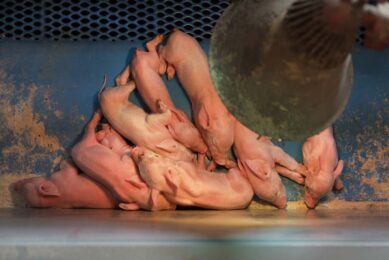
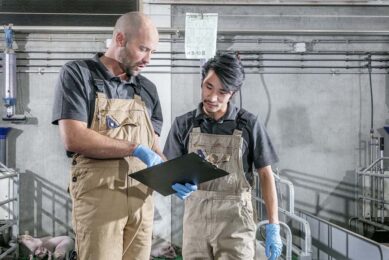
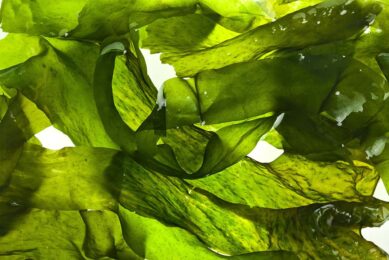
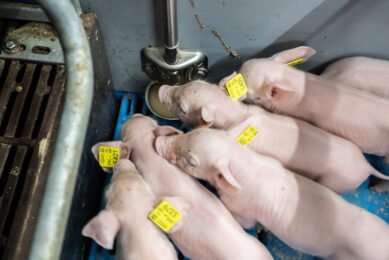
 WP Admin
WP Admin  Bewerk bericht
Bewerk bericht